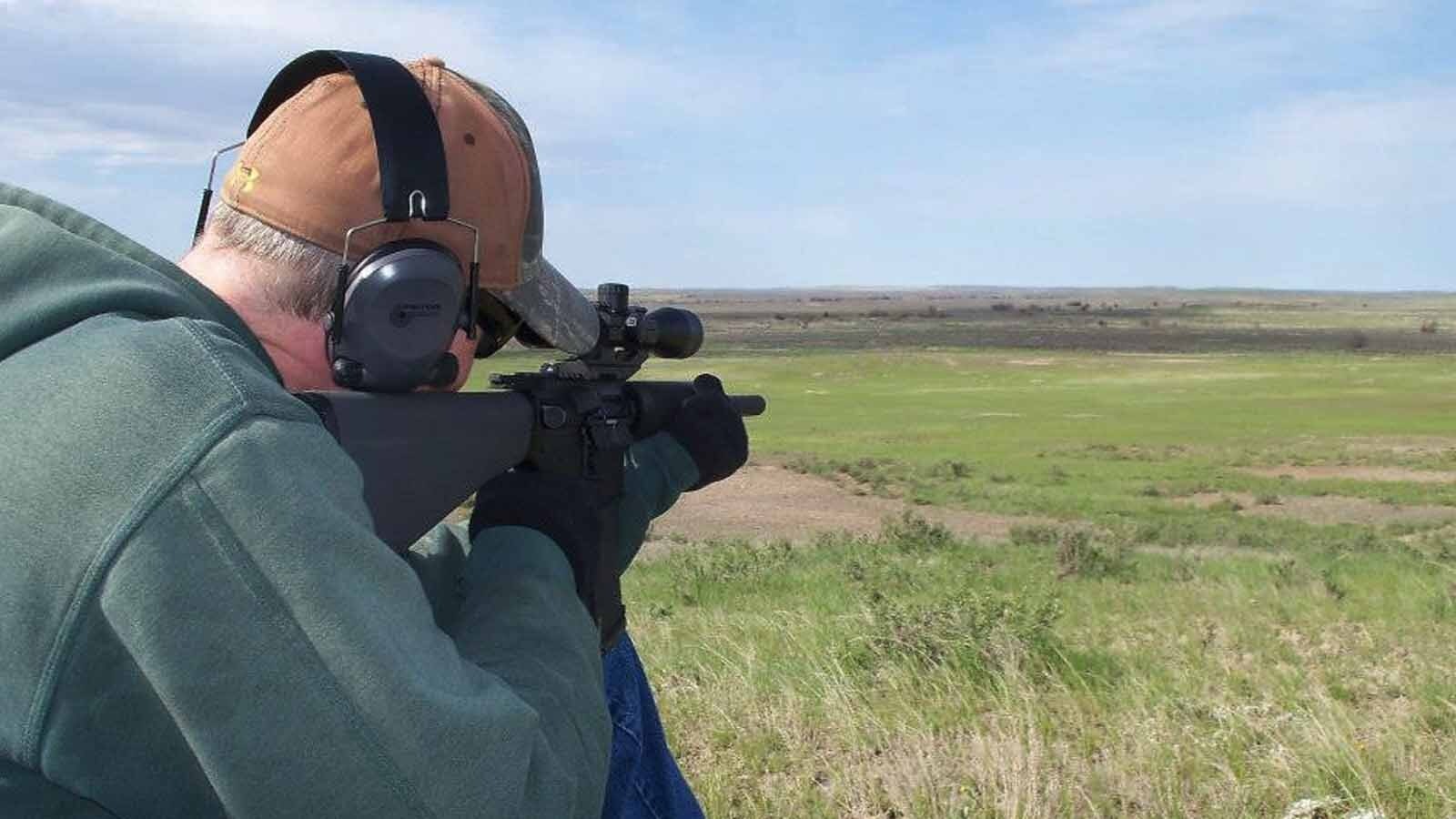A 210,000-gallon discharge of wastewater from water treatment lagoons at Hudson into the Middle Fork Popo Agie River last week spurred an ongoing investigation into just how so much wastewater was released.
Details about the spill were still sparse Monday afternoon, but the Wyoming Department of Environmental Quality plans to test popular beach areas at Boysen Reservoir later this month for E. coli and other possible contaminants “out of an abundance of caution,” agency spokeswoman Kimberly Mazza told Cowboy State Daily.
Within Authorized Limits
DEQ was informed by the town of Hudson that there had been a discharge from its wastewater lagoons sometime late Thursday or early Friday, Mazza said.
The DEQ sent personnel to investigate, despite the discharge being within Hudson’s authorized limits, she said.
Information wasn’t available about the exact circumstances of the discharge that might have prompted the investigation.
When contacted Monday afternoon by Cowboy State Daily, Hudson Mayor Sherry Oler declined to comment, stating that she didn’t want to possibly disrupt the DEQ’s investigation.
Hudson is authorized to discharge up to 280,000 gallons per day as a monthly average from the lagoons into the river, Mazza said.
The discharges usually average about 83,000. So the 210,000-gallon discharge late Thursday or early Friday was nearly three times average, but still within limits, Mazza said.
‘Not Raw Sewage’
The water from lagoons is treated wastewater, Mazza said.
“It’s not raw sewage water. It is normally treated water,” she said. “The town called us to inform us that there was an increased release when it was discovered. We were out there to determine what was going on and the make sure it wasn’t raw sewage.
“We will continue to evaluate the situation to determine if any violations occurred.”
Hudson is a small community that sits roughly halfway between Riverton and Lander in Fremont County.
It’s about 50 miles from Boysen Reservoir, which is popular for camping, swimming, fishing and other activities.
Mark Heinz can be reached at mark@cowboystatedaily.com.





